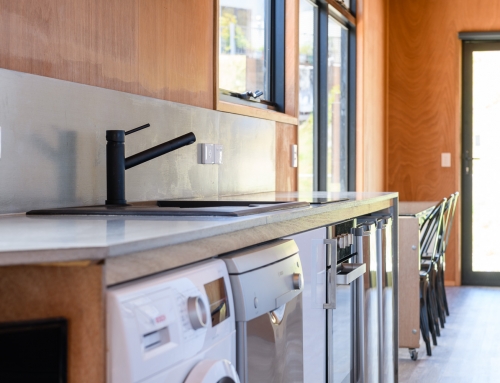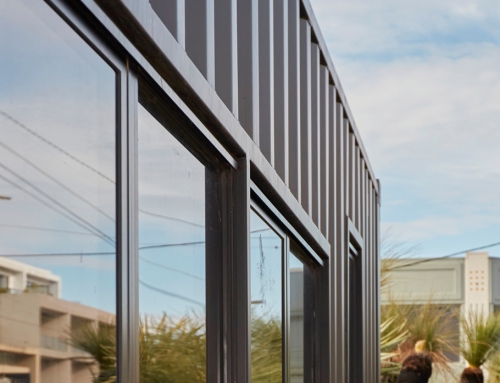An Introduction To Shipping Container Homes
In recent years, shipping container homes have become increasingly popular in Australia. With the country facing an increase in living costs and a housing crisis, it’s become apparent many Australians are facing new obstacles when it comes to buying property/affordable homes. In fact, recent research suggests that “increased house prices and cost of living have worsened the challenge of home ownership, with households—particularly low-income ones — unable to keep pace with market changes through their saving and budgeting strategies” (Australian Housing and Urban Research Institute).
The rising cost of traditional housing, combined with an increase in demand, has led to an urgent need for new solutions, and container homes have emerged as an affordable and versatile solution. In this blog, we’ll explore the reasons why shipping containers are an option for affordable housing.
The Benefits Of Container Homes In Australia
As mentioned above, one of the most obvious benefits of container homes is that they are a cost-effective alternative to traditional housing. This is because they are built offsite on a production line and require fewer components and man-hours than a traditionally built home. Furthermore, shipping container homes:
- Can be built quickly, with some being manufactured in just a few weeks
- Require less site labour, significantly decreasing labour costs
- Are sturdy and require less maintenance
- Are easier to weatherproof due to their robust construction
- Are modular and efficient to construct and transport
Considering site and construction costs, as well as materials, you can expect to pay somewhere between $120,000 and $350,000 for a 1 – 3 bedroom house, and when combined with a 12-week turnaround, your overall build cost comes in at an extremely competitive rate.
Sustainability In Container Home Design
Container homes are an environmentally-friendly option for housing in Australia, and this largely contributes to their affordability. Utilising recycled shipping containers as primary material means you can construct a home without having to rely on a large amount of cement and concrete. This reduces waste and lowers the carbon footprint associated with traditional housing construction.
Furthermore, container homes can be designed to be energy-efficient, reducing the cost of bills. For instance, insulating a shipping container is much easier and more cost-effective than doing so with a traditional home. A well-insulated home helps to reduce heat transfer, conserves energy and saves on bills. Other energy-efficient features of shipping container homes include:
- Their large windows help to incorporate natural lighting
- They work well with solar panels
- They come with off-grid additions such as water and septic tanks
- They can utilise other renewable energies, such as wind and hydropower
By incorporating sustainable features into a shipping container home design, more Australians can benefit from affordable, energy-efficient housing.
Container Homes And The Future
As the need for affordable housing continues to grow in Australia, innovative designs and construction techniques are helping shipping container homes evolve to meet the needs of modern homeowners.
One emerging trend in container home design is the incorporation of smart technology, such as energy-efficient appliances and home automation systems. Smart lighting, for instance, may seem like a thing of the future, but many shipping container homes come with this feature. On top of adding convenience to your home, smart lighting can actually save you money on bills, all the while offering a slice of luxury.
Container Homes And Urbanisation
Due to their modular design, cost-effectiveness and availability, shipping container homes can be designed to address housing shortages in urban areas by utilising small and narrow pieces of land. As the majority of construction can be carried out off-site, container homes just need to be transported to a location and installed. With this in mind, it’s possible that shipping containers can change the future of affordable housing in Australia, with areas being transformed and communities being built in no time.
Final Thoughts
Shipping container homes have the potential to provide a sustainable, affordable, and efficient housing option for those in need. Container homes are practical and cost-effective, making them an excellent alternative to traditional housing. Investing in a shipping container home means saving money on labour, materials and construction costs, as well as reducing bills and home maintenance expenses. The availability of shipping containers and the cost-effectiveness of construction means that shipping container homes have the potential to transform the outlook of affordable housing across Australia.
If you’re considering investing in a shipping container home, contact Containered and we’ll be happy to take you through our process. Alternatively, if you have a quick question, consult our FAQs.







